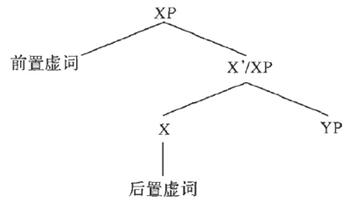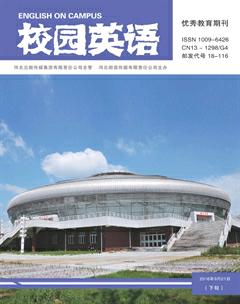A Revisit to the Function Word“住”([tsy22])in Cantonese
李靖怡

Ⅰ. Introduction
As a saying goes, “a different language is a different vision of life”. As far as Im concerned, it is also no exaggeration to say that a different dialect is a different vision of life. With an unparallel number of speakers, Cantonese exerts great influence on the way in which people perceive the world, and thus attracts more people to know more about this dialect. Nevertheless, Cantonese is “notoriously” difficult for nonnative speakers. The complicated tone system of Cantonese definitely poses a great challenge for the learners. More importantly, a substantial number of function words and their varied use act as even greater stumbling blocks and make Cantonese learning become a daunting task. Accordingly, beyond any doubt, it is of necessity to conduct researches on the function words and pave an easier way for Cantonese learning.
Among all Cantonese function words, “住” (IPA transcription: [tsy22]) carries typical features. This paper is to probe into “住” by examining differences and similarities between two articles, and then give inflections not only on the articles but also on the function word “住”.
Ⅱ. Summaries of Two Articles on “住”
The first article is written by Tang Sze-Wing (邓思颖), a celebrated linguist from The Hong Kong Polytechnic University.
In his article, Tang(2009) uncovers some grammatical properties of “住” (p. 235). First, sentence-final “住” is destined to appear in a negative sentence. Second, “住” and the negation should be at the same clause, which means that they have local relation. For example, “*我唔赞成[佢讲个答案住](普通话:我不赞成他(暂时)把答案说出来。)” is ungrammatical, while “我赞成[佢唔讲个答案住](普通话:我赞成他暂时不把答案说出来。)” is grammatical. In the first sentence, the negation “唔” is in the root clause and “住”in the subordinate one. Therefore, this results in ungrammaticality. Third, Cantonese has several negations, namely “冇” (Mandarin equivalent: 没), “唔” (不), “咪/唔好” (别、不
要)and “未” (还没). “住” cannot be used with “冇”. Fourth, a sentence containing “住” is often used to describe dynamic state rater than static state.
Moreover, based on the above grammatical properties, Tang points out that the adverb “暂时” and the sentence-final “住” form a discontinuous construction (框式结构), but the negation and “住” do not. Syntactically, “住” should be considered as a category associated with tense and aspect instead of a category in the highest position of the clause expressing mood and clause type. (Tang, 2009)

